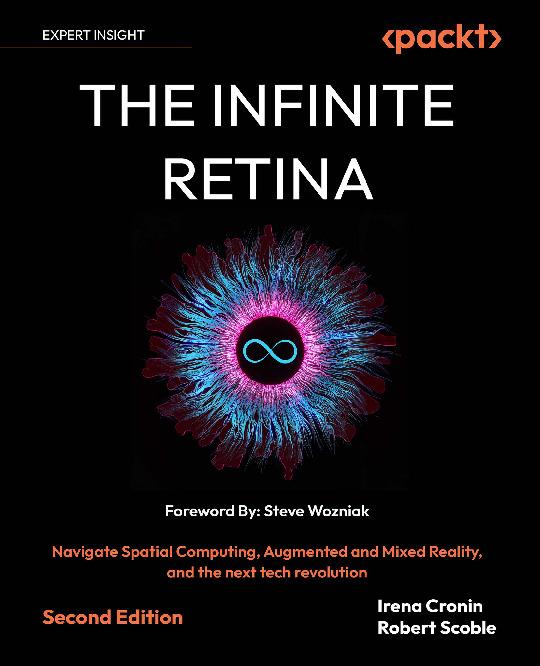Real-World Success: Impactful VR/AR Implementations in Schools – Case Studies and Results
The educational landscape is undergoing a transformative shift with the integration of virtual reality (VR) and augmented reality (AR) technologies. Schools across the globe are embracing immersive learning, empowering students with new ways to engage, explore, and excel. But what does this look like in real-world classrooms? In this complete article, we spotlight impactful VR/AR implementations in schools, provide detailed case studies, discuss measurable results, and offer practical tips for educators ready to embrace the future.
Why VR and AR in Education?
Virtual reality (VR) and augmented reality (AR) have revolutionized educational experiences by immersing students in interactive environments where learning comes alive. From stepping inside the human body to exploring ancient civilizations or performing complex science experiments, these technologies transform passive learning into active, experiential journeys.
- Boosts student engagement and motivation
- Makes abstract concepts tangible and accessible
- Facilitates inclusive learning for diverse needs
- Encourages collaboration, creativity, and critical thinking
- Enhances memory retention through multisensory input
- Prepares students for technology-driven career paths
Case Studies: Real-World VR/AR success in Schools
Let’s delve into compelling case studies of VR and AR in education. These real-world implementations demonstrate measurable results and offer actionable insights for teachers, administrators, and policymakers.
1.Franklin High School – Transforming Biology with VR
- Location: Austin, Texas, USA
- Technology Used: Google Expeditions VR, HTC vive
Franklin High’s science faculty introduced VR modules to supplement anatomy and physiology lessons. Students explored the circulatory, nervous, and skeletal systems through immersive, 3D experiences.
“Students who struggled with textbook diagrams quickly grasped complex systems when they could walk through a virtual heart or trace a nerve’s pathway.”
– Sarah Jenkins, Biology Teacher
- Results: Biology test scores improved by 22% over two semesters.
- Class participation increased; students voiced more questions and engaged in peer discussions.
- Special education students showed remarkable gains in retention and comprehension.
2. Gloucester Primary School – AR Brings History to Life
- Location: London, United Kingdom
- Technology Used: MERGE Cube, HP Reveal
Gloucester Primary utilized AR mobile applications to superimpose ancient artefacts and events into the classroom. Through interactive AR timelines, students “met” historical figures and analyzed 3D reconstructions of ancient worlds.
- Results: Increased student curiosity led to a 30% rise in voluntary research projects.
- Attendance on history project days rose significantly.
- Teachers reported deeper retention of key historical concepts among ESL (English as a Second Language) learners.
3. Singapore International School – Collaborative STEM Learning in VR
- Location: Singapore
- Technology Used: zSpace, Oculus Rift VR Labs
In this innovative STEM lab, students worked in teams to solve engineering challenges in simulated 3D environments. Tasks included designing eco-friendly structures and conducting physics experiments too dangerous for real life.
- Results: Group collaboration increased measured by higher peer evaluation scores.
- Students reported a 38% boost in confidence handling scientific equipment and terminology.
- STEM club participation doubled within a year of VR lab introduction.
4. Roosevelt Middle School – AR for Language Learning
- Location: Sydney, Australia
- technology Used: EON Reality AR, ClassVR
Through interactive AR overlays, students practiced real-world conversations, scanned objects with foreign language descriptors, and completed quest-based grammar challenges in digitally enhanced classrooms.
- Results: Language fluency scores improved 19% across all year levels after two terms.
- Increased motivation among hesitant learners and non-native speakers.
Key Benefits: What’s Driving VR & AR Success in Schools?
Real-world case studies confirm the tangible benefits of VR and AR in education, including:
- Improved Academic Outcomes: Interactive learning increases retention and boosts test scores.
- Inclusivity & Accessibility: Multisensory experiences cater to diverse learners and learning styles.
- enhanced Engagement: Immersive technology transforms passive students into active participants.
- Skill Readiness: Prepares students for digital fluency and 21st-century careers.
Practical Tips for Implementing VR & AR in Schools
Ready to start your school’s VR and AR journey? Here are actionable steps,distilled from real-world success stories:
- Start Small: Pilot a project in one classroom or subject before scaling.
- Focus on Content: Choose apps and modules aligned with curriculum standards and student needs.
- Invest in Teacher Training: Professional progress ensures educators maximize technology’s potential.
- Partner with Technology Providers: Many companies offer special pricing and onboarding for schools.
- Encourage Student Feedback: Involve students in evaluating apps and experiences for maximum impact.
- Address Equity: Plan for device access and offline alternatives to ensure inclusion.
First-Hand Experiences: Voices From the Classroom
Teachers, students, and administrators share genuine enthusiasm for immersive education. Here’s what they say:
“Through VR, my students visited the Great Barrier Reef, sparking a lifelong curiosity about marine biology. Kids who are usually quiet became the class experts!”
– Ms. Claire Tompkins,6th Grade Science Teacher
“Our AR history timelines made famous events relatable for every student,from visual learners to those with special needs. Engagement is through the roof!”
– James Lee, Head of History Department
Conclusion: The Future of Education is Immersive
The impact of VR and AR implementations in schools reaches far beyond novelty—they elevate education by making learning captivating, inclusive, and meaningful. As case studies and classroom results show, immersive learning technologies are not just a trend; they are shaping future-ready students with critical knowledge and skills.
Schools that embrace VR and AR are unlocking deeper engagement, improved outcomes, and richer learning experiences. As accessibility and software options expand, now is the ideal moment for educators everywhere to explore how immersive education solutions can transform their classrooms. The results speak for themselves: with VR and AR, real-world success is within reach.

